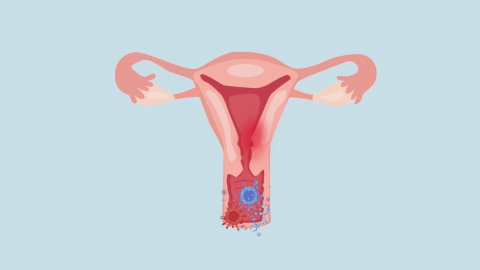Can laser therapy cure cervical lesions?
Generally, cervical lesions that are relatively small in scope and shallow in depth may be effectively treated with laser therapy, potentially achieving a cure. However, if the lesion is extensive or deeply infiltrative, laser treatment may not adequately eliminate all the affected tissue, making it difficult to completely cure the condition. It is recommended to visit a formal hospital and undergo treatment under the guidance of a qualified physician. Detailed explanation is as follows:

Laser treatment for cervical lesions primarily utilizes the photothermal effect of the laser to heat and coagulate the abnormal tissue, causing it to necrose and slough off, eventually being replaced by new healthy tissue. In general, laser therapy has a relatively high cure rate for mild cervical conditions such as cervicitis and cervical polyps. Low-grade cervical intraepithelial neoplasia (CIN) can also be effectively treated with laser therapy.
However, for lesions that are extensive or deep, laser therapy may sometimes fail to completely remove all abnormal tissue, thus carrying a risk of recurrence. In such cases, other treatment options, such as conization, may need to be considered.
Prior to undergoing laser treatment, patients should receive a comprehensive gynecological evaluation to determine the type and severity of the lesion. After laser therapy, patients should follow the physician's instructions to maintain cleanliness and dryness of the external genitalia, avoid sexual intercourse and tub bathing for a period of time, and schedule regular follow-up examinations.







